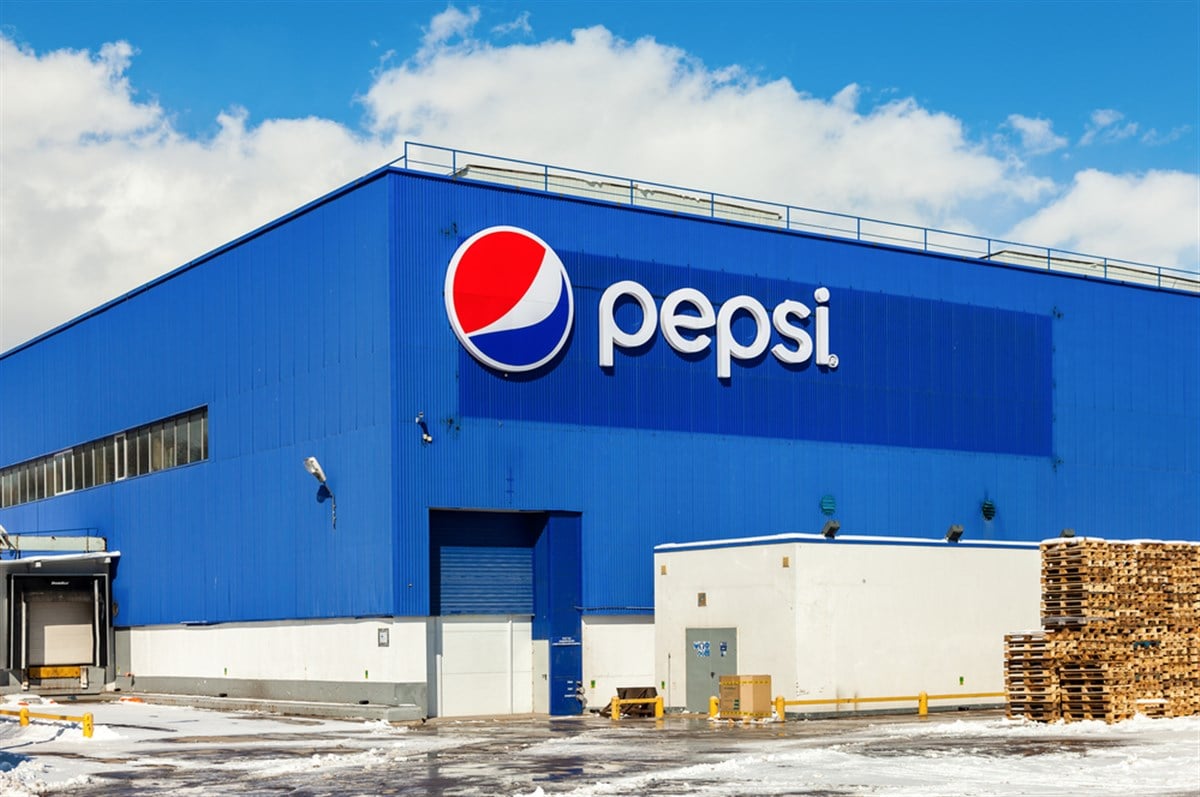
The recent market rotation goes beyond individual stocks and sectors, such as the one initiated last week by Stanley Druckenmiller (who traded shoulder-to-shoulder with George Soros). This included selling out of the run-ups in the technology sector, which included names like NVIDIA Co. (NASDAQ: NVDA), and then reallocating into bonds and small-cap stocks for the coming quarters.
Following this rotation comes the admission that the Federal Reserve will, in fact, be cutting interest rates soon. According to the CME’s FedWatch tool, there is now an over 90% probability that interest rate cuts will be here by September 2024. But there is one problem: Some on Wall Street just don’t believe that this will be the case, and there’s one way for investors to gauge that uncertainty.
The Volatility Index (VIX) is ticking up after reaching the lowest levels since 2018, and the higher the VIX, the higher the uncertainty about the stock market’s future. So, investors have two choices: weather out the volatility and red days or reallocate to less volatile stocks. Some of these might include Sprouts Farmers Market Inc. (NASDAQ: SFM), PepsiCo Inc. (NASDAQ: PEP), and even Hershey Co. (NYSE: HSY).
The Defensive Strength of Sprouts Farmers Market Stock for Investors
Investing in everyday needs is as defensive as it gets for investors looking to improve their portfolios. This is where Sprouts Farmers Market stock comes into play, but rather than blindly following logic, here are some technical and fundamental factors for investors to consider.
A beta of 0.55, which is low. Beta means the degree of change in a stock’s price relative to the change in the benchmark, the S&P 500. So, in theory, for every 1% move in the market, Sprouts Farmers Market will see 0.55%, and that’s good in a high VIX environment.
Now, the fundamentals should matter more in today’s market. The company’s financials reveal a gross profit margin of up to 37.4%, resulting in more capital retained from every sale to enable management to reinvest in business growth and compounding effects.
On that note, investors will note a return on invested capital (ROIC) rate of up to 11% in Sprouts Farmers Market, beating both inflation and U.S. GDP projections. This could be why analysts at the UBS Group boosted their price targets on Sprouts Farmers Market stock to $94 a share, daring it to rally by 15% from where it trades today.
A Dividend At a Discount? That’s PepsiCo Stock
Another way for investors to go on defense is to get out of the business cycle entirely. PepsiCo stock is one way to do that. No matter if the economy is booming or busting, people will always find room in their budgets for one of Pepsi’s products, which aren’t just limited to sodas.
That gives the business a degree of stability and predictability, and investors will see that trend show up beyond the stock’s low 0.53 beta. The company’s financials will show just why businesses like PepsiCo are the ones to consider when the market gets rocky.
Gross margins lead the company’s financials, with a rate of 54.6% for the past 12 months, leading to a 10.3% net income margin to cushion market swings. More importantly, making more than 18% in ROIC allows management to afford and upkeep the $5.4 a share dividend payout, translating into a 3.2% annual dividend yield today.
Now that PepsiCo stock has traded down to within 9% of its 52-week low, investors may have a chance to pick up cheaper-than-usual shares today. It is so cheap that analysts at Jefferies Financial Group now expect to see up to an 18% upside in the stock through their $200 a share price targets.
Hershey Stock's Dip: A Worthy Addition to Your Anti-Volatility Portfolio
After shares of Hershey dipped to below 77% of their 52-week high level, the stock made its way to the list of a potential anti-volatility portfolio today. It started with not only its discount but also having the lowest beta in this list. A beta of 0.35 makes it the safest name on this list, and there is as much upside today as ever.
Those at Sanford C. Bernstein see a price target of up to $230 a share, daring the stock to rally by 20.4% from where it trades today. But it wasn't just the low beta that attracted those at Raymond James to add 8% to their sizeable stake in Hershey's stock, bringing their net investment up to $50.3 million.
The company's financials show a gross margin rate of 46.3%, which helps feed the bottom-line net income margin of 18.1% and achieve an ROIC rate of over 26% in the past 12 months. This is important because ROIC allows a stock price to compound over time, as annual stock price performance tends to match the long-term ROIC rate.
By the way, this is also a gateway for investor perks, such as share buybacks. In the past 12 months, Hershey's management allocated up to $552 million into the company's repurchase program, and generating over $1.3 billion in free cash flow on a predictable basis will likely allow management to keep funding such programs.